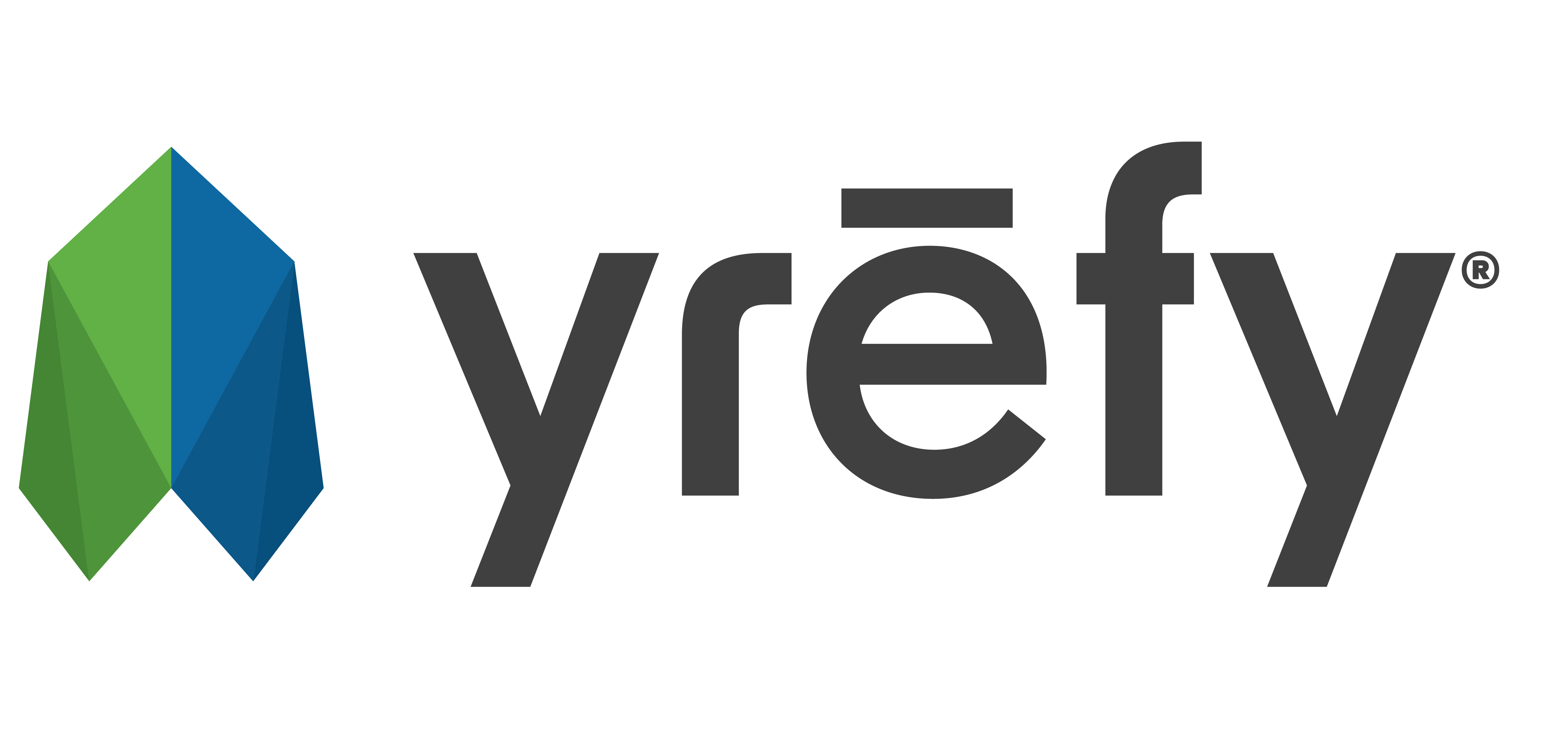How to Deal with Private Student Loan Default
Is your private student loan heading into default? If so, then you’ll want to take action immediately. Defaulting on your student loans could jeopardize your finances, hurt your relationships with co-borrowers, and potentially even lead to years of expensive legal court hearings.
To avoid all of this, here’s everything you’ll need to know about defaulting on your private student loans. If you’ve already defaulted, then we’ll share some tips on what you can do to remedy the situation.
What are the differences between private loans vs federal loans?
Most of the time when a college student needs financial assistance, the first place they’re encouraged to turn is the government. Federal loans and grants are administered through the U.S. Department of Education. Students may apply for them by filling out the FAFSA (Free Application for Federal Student Aid).
Although there are many benefits to federal student loans (such as flexible terms and lenient repayment plans), they may not cover everything. Federal student loans are need-based and may not offer you as much money as you’d like to borrow. For this reason, students will also turn to private student loans as a way to supplement the remainder of their needs.
Private student loans are offered by many different types of financial institutions such as banks, credit unions, credit card companies, etc. Unlike federal loans, your credit score is the main factor in determining if you qualify for a private student loan. Those with no established credit history will often need a co-signer such as a parent or relative.
Though the interest rates are generally lower with federal student loans, the borrowing limits with private loans are often greater. Additionally, there are no stipulations as to what the funds can be used towards. The lender doesn’t care if you spend the money on tuition, rent, food, living expenses, or anything else as long as you’re making your payments every month.
What is student loan default?
Default is when your student loan provider has concluded that you are either unable or unwilling to repay your loan. Once you are declared to be in default, the lender will start taking action to collect their repayment through alternate means.
Loans typically go into default after they have been delinquent for a certain period of time. Delinquency generally starts on Day 1 of your first missed payment.
If the lender believes there is no chance of reaching a solution for your defaulted loan, then they may decide that your account will be “charged off”. A charge-off is when the creditor writes off the loan as bad debt and sends it to a collection agency. The collection agency will then begin taking aggressive steps to recover the remaining balance of your loan plus any additional interest and fees that have been incurred.
What are the statistics of student loan default?
To get a better idea of the current trends with student loans, it will be helpful to look at the big picture. Below are some interesting statistics about student loans and the rate of default.
- The outstanding balance of the total student loan market is $1,728.11 billion. Of these loans, 92.11% ($1591.8 billion) are federal and 7.89% ($136.31 billion) are private. (Source)
- More than half of undergraduates don’t take full advantage of federal aid. They borrow private loans before they’ve exhausted their available options for federal loans. (Source)
- Interest rates for private loans are as high as 12.45% (as of September 2020). (Source)
- One out of every ten Americans has defaulted on a student loan, and 7.8% of all student loan debt is in default. (Source)
- 25% of borrowers default on their loans within their first five years of repayment. (Source)
- In 2020, private student loan debt increased by $16.8 billion or 14%. (Source)
- The annualized gross charge-off rate of private student loans is 0.97%. That’s down 58.71% compared to five years ago. (Source)
How do private student loans go into default?
There are several ways that someone with private student loans can enter into default. The following are the three most common.
Missed payments
The primary way that a borrower goes into default is to miss making payments on their student loans. Federal student loans will typically enter into default after 270 days (nine months) of delinquency. However, with private student loans, things can escalate more rapidly.
Most private student loan providers will consider you to be in default after 90 days of delinquency (or missed three monthly payments). Some lenders may even consider you to be in default the moment you first become delinquent. This will vary from lender to lender, and so you’ll need to check your contract to see the exact terms.
You file for bankruptcy or default on another loan
If you run into trouble with other financial products such as credit card debt or high-interest personal loans, then this may cause you to file for bankruptcy or possibly default on these other lines of credit.
When that happens, your private student loan provider may declare you in default; even if you’ve in good financial standing and have been making regular on-time payments. This is because once you enter into financial distress, they assume it will only be a matter of time before your payments to them are also jeopardized.
It should be noted that even when you file for bankruptcy that your student loans will most likely not be discharged. In order for a court to grant this, the borrower would need to demonstrate that they are under “undue hardship” which is difficult to prove.
Cosigner enters bankruptcy or dies
If you had someone cosign with you on a loan and they pass away or go into bankruptcy, then this can also cause your student loan to go into default. Again, this can happen even if you’re in good financial standing with the lender. From the lender’s perspective, the cosigner who was going to provide you with financial support is now no longer able to do so.
How to find out if you are in default
If you have a federal student loan, then all you need to do is check the Federal Student Aid website maintained by the U.S. Department of Education. There you can see all of your loans, balances, and if they are considered to be delinquent or in default.
For private student loans, there is, unfortunately, no central website to check. Instead, you’ll have to do one of two things:
- Contact your lender. Log in to your account or call your provider to find out your current status.
- Check your credit report. Just like payments on credit cards and mortgages, those made to student loans will also be reported to each of the three major credit bureaus: Equifax, Experian, and TransUnion. Download a free copy of your report at annualcreditreport.com to see each account and your official standing.
What happens if you default on private student loans?
Defaulting on your private student loans can have some serious consequences. Here’s what you can expect:
- Your credit score will take a hit. Because student loans are reported to the credit bureaus, missed payments and status marked as default will cause you to lose points on your FICO score.
- Pressure from collections agencies. If your loan was charged off to a third-party collection agency, then you can expect to receive many phone calls and communications. Depending on the company, their tactics can sometimes be considered aggressive.
- Additional fees. In addition to your outstanding balance, collection agencies will also charge you fees for the trouble of making them pursue you for payment.
- The loan may go into acceleration. Loan acceleration is when the entire balance becomes due all at once. If this happens, making monthly payments for the next 10 years is no longer an option.
- A lawsuit. In the most extreme cases, your lender may take you to court to force you to pay your balance. This means a judge could order that your wages be garnished or that your assets be seized (such as your home or vehicle).
How to deal with a private student loan default
If your private student loan goes into default, then you’ll need to take immediate action. Here are some next steps you can take:
1. Contact your provider about alternative payment arrangements
When you go into default, the first thing you should do is try to contact your lender and discuss what can be done. The lender’s number one priority is to get paid, and so if you can work out some kind of arrangement that avoids collections or the courts, then this may be acceptable to the lender.
A possible solution might be to create a new repayment plan where the monthly amounts are more affordable. Another option might be that you go into forbearance (which means to temporarily stop making payments) so that your finances can have a chance to catch back up. At a minimum, you could ask about rehabilitation options where you’ll make a number of good-faith payments to show that you’re serious about fulfilling your obligations.
2. Refinance before the default occurs
If your credit history is still in good standing, then you may be able to refinance out of your student loan. This is where you’d effectively apply for a new loan that will be used to pay off the old one.
If you plan to use this strategy, it will need to be done before you go into default. This is because once you’re in default, your credit score will go down along with your chances of being able to qualify for a refinance.
3. Refinance after the default
If you’re already in default and would still like to refinance, then you’ll need to work with a lender that considers more than just your credit score. In that case, you’ll want a partner like Yrefy.
Yrefy was created in 2017 by student loan industry professionals who wanted to provide a solution to those in distress. All refinanced loans carry a fixed interest rate, so you can always expect the same monthly payment.
4. Reach a settlement
Remember, a lender’s job is to get paid in some shape or form. If your loan gets charged off, the lender will automatically lose money because the collections agency will typically keep 25 to 50% of whatever they recover.
Therefore, you could propose to settle the debt with the lender directly. Some lenders are willing to take as little as 50%. The best thing to do is call your provider and negotiate an amount that is fair for you both.
If you decide to go this route, be sure you have some sort of asset that you can liquidate for the settlement such as a retirement fund or a non-primary vehicle. Don’t take out a home equity loan and risk becoming homeless if you become financially distressed again.
5. Know your borrower rights
If a collection agency does pursue you to recover the loan, get to know your rights. The Federal Trade Commission has laws against debt collectors using tactics that are “abusive, unfair or deceptive”. For example, calling you at night or showing up at your place of work could be considered harassment, and you could take legal recourse to fight back.
6. Request verification and dispute the unverified debt
If you’re contacted by a collection agency, they must legally prove to you that you owe the debt in question. Ask for documentation and verify the information they provide. You might discover the debt is not the right amount, has already been paid, or doesn’t even belong to you.
7. Consult a qualified lawyer
At any point in this process, you may wish to consult an attorney who specializes in student loans. They will be able to explain your options, help with cease-and-desist letters to collections agencies, or represent you in court if you are sued by the lender.
You can overcome private student loan default
Dealing with a private student loan default can be a stressful situation. However, it’s not a battle that you have to fight alone. There are many resources and professionals available to help you find options for working with the lender and coming to an amicable resolution.
The most important thing is not to ignore the problem. The longer you wait to take care of your student loan default, the more complicated the situation can become. Contact your lender and explore every available way that you can continue making payments. Don’t forget you still have legal rights and be sure to consult with a student loan lawyer if needed.



